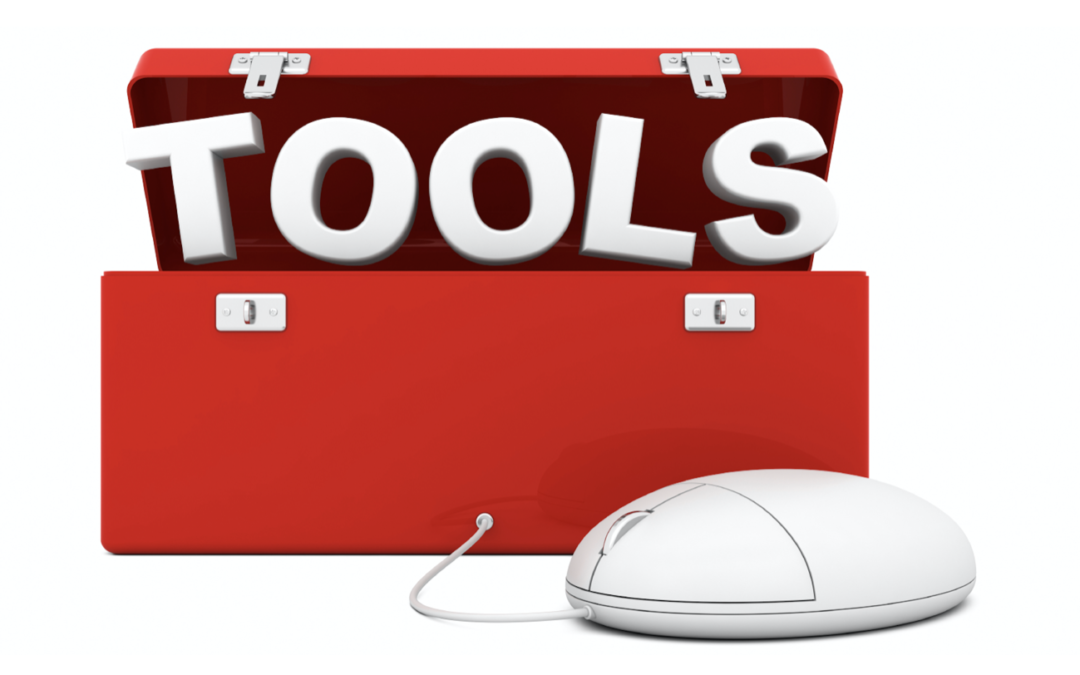The 3 Categories of Business Excellence Tools
Business Excellence tools for SMEs / SMBs are explained in 3 categories. First be clear on the desired outcome for your business and then choose carefully for most value.
- Some tools may be regarded as significant business improvement initiatives, including Lean Management, Six Sigma, Business Process Reengineering (BPR), Balanced Scorecard, Quality Management Systems (QMSs), Total Quality Management (TQM) and Performance Benchmarking. All of these major tools are sub-sets of Business Excellence and so they qualify as Business Excellence tools.
- A few tools are now available to enable Business Excellence as a whole to be implemented readily and quickly by the world’s SMEs.
- Finally, thousands of tools are available to assist employees with specific Business Excellence tasks such as developing a Pareto Chart, Quantifying the Benefit to Cost ratio of an improvement initiative, or Calculating the Standard Deviation of a set of measurements.
Category 1: Business Improvement Initiatives
In a recent paper by Dr Robin Mann et al on the application of business improvement initiatives, the authors reached several interesting conclusions after surveying 453 organizations in 44 countries:
Organisations in developing countries are more likely to be aware of and more likely to use business improvement initiatives than organisations in developed countries.
Similarly, organizations in China and India have a higher awareness of and are more likely to use business improvement initiatives than organisations in the rest of the developed world.
The initiatives are likely to be just as effective in SMEs as they are in larger organizations.
For SMEs in developing countries, other than in China and India, their failure to use many of these initiatives, even when they are aware of them, may be putting them at a disadvantage.
Management commitment (time and money) to the adoption of business improvement initiatives is vital for organisations in countries where levels of adoption are relatively weak.
Category 2: Tools for Implementing Business Excellence as a Whole
These are few and far between because the full scope of Business Excellence is so broad, and experienced management consultants are generally not prepared to publish details of their implementation methodologies on the internet. The support tools that do exist for potential wide application across the SME / SMB spectrum must of course be practical, easy to use and affordable. Here are two of the most popular:
1. Assessment Tools (Assessor and BPES)
Businessexcellencetools.com is a joint venture between Dr Robin Mann of Centre for Organisational Excellence Research and Michael Voss of PYXIS Consulting. Based on the most commonly used Business Excellence frameworks (Baldrige Criteria for Performance Excellence; EFQM Excellence Model) these two assessment tools enable an SME / SMB to rapidly:
Establish the health of the organization
Benchmark performance against organizations from around the world
Help determine the actions required that will have most impact on improving business performance and financial results
Change the organization’s work culture to a business excellence focussed culture
The assessment tools can either be facilitated by consultants or self-facilitated without the need for outside support or verification.
2. Full Implementation Tool for SMEs / SMBs
The www.mybusinessexcellence.com website outlines one comprehensive and largely DIY tool for implementing Business Excellence in an SME / SMB in the minimum possible time and at incredibly low cost compared to all other alternatives. With this direct action approach, there is no need to conduct an assessment of how the organization is currently performing against the criteria of the world’s commonly used Business Excellence frameworks. The implementation approach is simple, integrated and carefully sequenced. When implemented properly in accordance with the instructions which reflect the globally proven Business Excellence principles and criteria, the benefits will far exceed all the costs.
As is the case for the above Assessment Tools, this tool can also be facilitated by an external consultant , or it can be self-facilitated with some coaching support. With the aid of this tool, the organization’s first pass through all the proven prerequisites for Business Excellence can be completed within 12-15 months – much faster than the traditional ‘big company’ approaches of the past 30 years.
Category 3: Other Useful Tools
No attempt is made here to list the multitude of lower level tools that can be applied by any SME / SMB in their pursuit of Business Excellence.
Close
Which Business Excellence tools are best for your business depends on your implementation objective. It is true that any of the 3 categories will help you implement Business Excellence better than having an unstructured, manual trial-and-error approach.
However, for those who wish to apply the traditional implementation approach that begins with self-assessment of current performance against the proven criteria for Business Excellence, the excellent assessment tools of businessexcellencetools.com will no doubt be appealing.
On the other hand, for those who wish to completely bypass the self-assessment phase and move straight in to implementation and the realization of overall net benefits as soon as possible, the low cost tool of mybusinessexcellence.com might just deliver the best ever ROI for your business.

